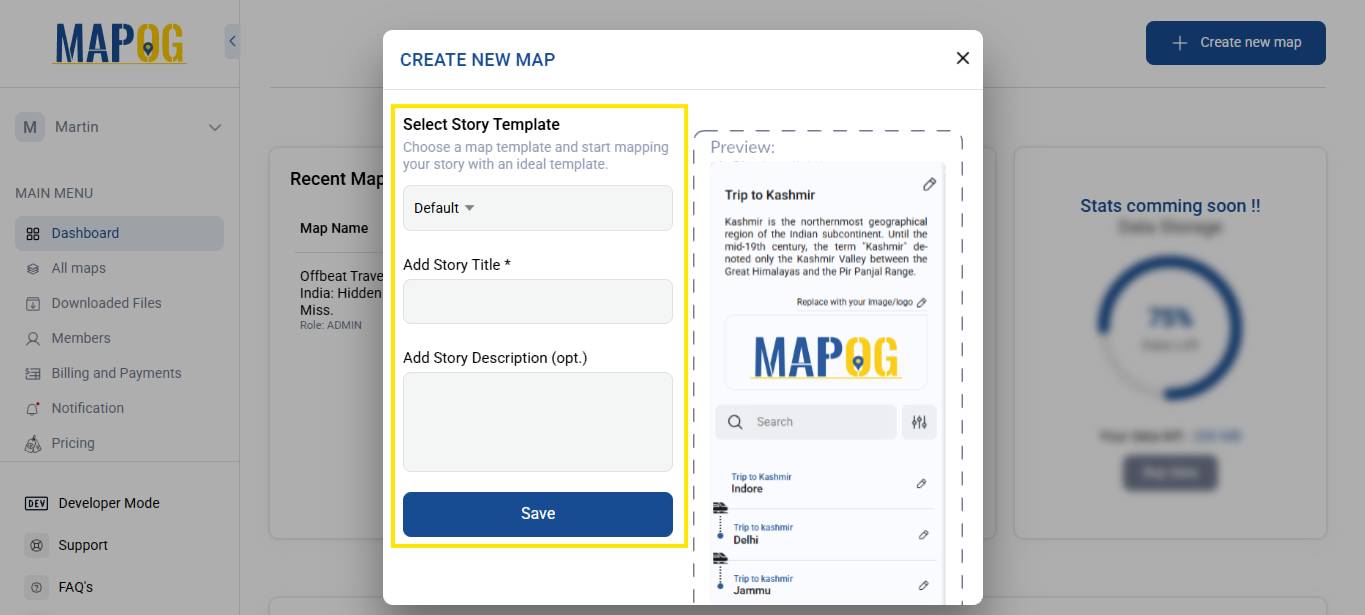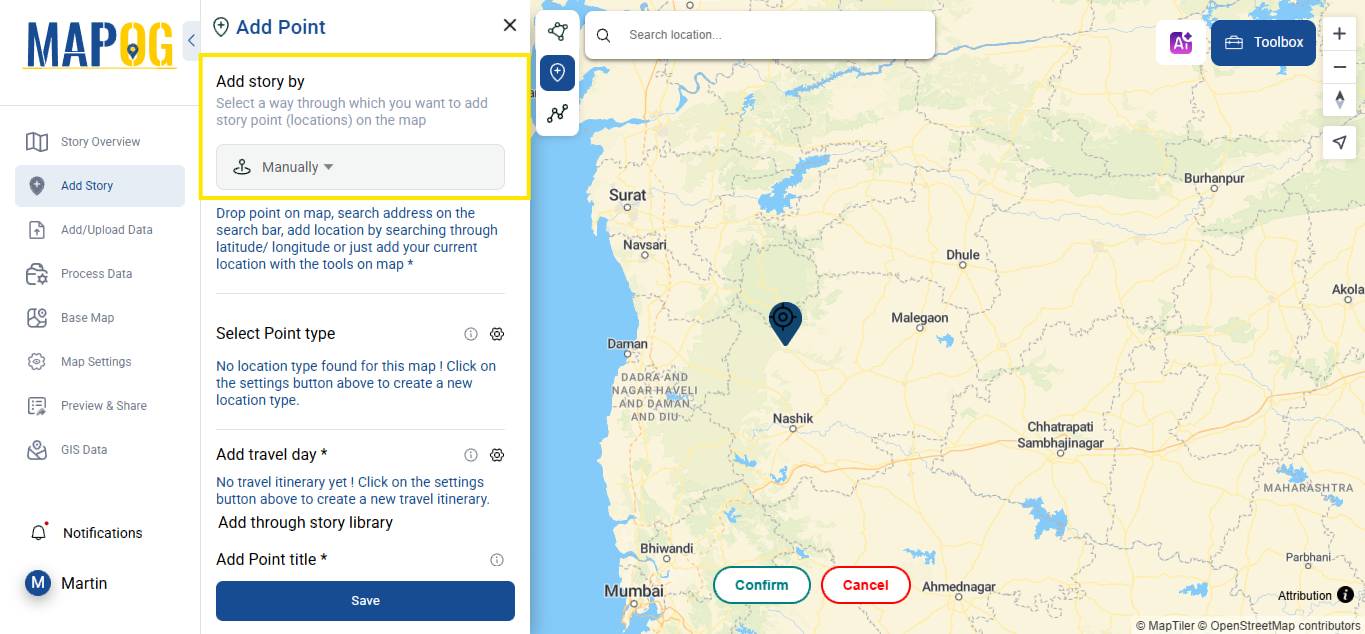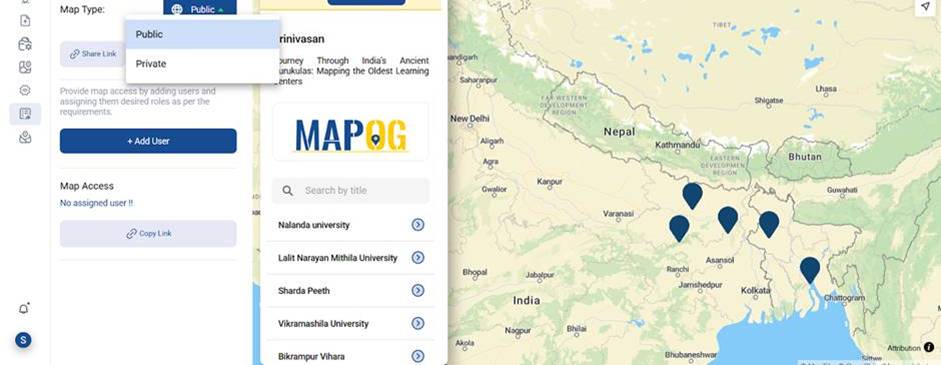India has long been recognized as a cradle of knowledge and wisdom. Indeed, the foundations of education were laid centuries ago through a unique and immersive learning system known as the ashram. Rooted in the ancient Vedic tradition, ashrams were not merely centers of education; rather, they served as spiritual havens where students lived alongside their mentors, absorbing wisdom through spoken teachings, disciplined routines, and practical experiences. Building on this rich heritage, the following pages will guide you through the process of mapping the oldest learning centers in India using MAPOG’s interactive interface.
Key Concepts in Mapping the Oldest Learning Centers
- Cultural Preservation: Supporting efforts to protect and restore heritage sites.
- Educational Insight: Helping students and researchers understand traditional learning models.
- Tourism & Awareness: Promoting academic tourism and local development.
Why Mapping the Oldest Learning Centers?
Mapping the oldest ashrams of India is not merely an academic exercise—it is a step toward preserving, understanding, and honoring the rich tapestry of India’s educational heritage. By mapping them:
- We reconnect with history: Geographically locating these oldest learning centers allows us to visualize the spread of ancient education systems and understand their regional influences.
- We preserve cultural heritage: Many Gurukulas have faded into obscurity. Mapping helps document and protect their legacy for future generations.
- We support research and education: Scholars, students, and cultural enthusiasts gain access to valuable data that can inform studies in history, archaeology, linguistics, and religious studies.
Steps Involved in Mapping the Oldest Learning Centers:
1. Access MAPOG’s Mapping Platform
Visit MAPOG platform in your browser.
Click on “Create New Map” in the top- right corner of the homepage to start creating your own map. Add Title of your map. Description telling us what it’s about. And a nice Image to symbolize your theme. Next, click Save.


2. Add a Story Point
Click on “Add Story” > “Manually”> “Add point”.
Stick with the default settings and enter the following:
- A Title for the point (like the name of the destination),
- A Description about the location,
- After selecting the place, provide an image representing it, and then click Save once done.

3. Add More Destinations
Repeat the steps above to add more older learning centers, one at a time.

4. Preview & Share
You may view it and share it with anyone by setting it to the public also by privately sharing the link and by providing role based access.

Who benefits from mapping the oldest learning centers?
Here’s who can take advantage of it and how:
1. Historians and Researchers
- Benefit: Gain insights into ancient educational systems, regional knowledge hubs, and the evolution of Indian academia.
- Use: For academic papers, historical documentaries, and research on India’s intellectual heritage.
2. Students and Educators
- Benefit: Learn about the roots of Indian education, famous scholars, and the cultural context of ancient institutions like Nalanda, Takshashila, Vikramashila, etc.
- Use: For projects, lectures, and building a strong educational foundation.
3. Tourism Industry
- Benefit: Promote educational tourism by highlighting historical learning centers as heritage destinations.
- Use: To design heritage trails, guided tours, and educational travel packages.
Conclusion:
Creating maps of the oldest learning centers is not only easy but also enjoyable, particularly when using tools like MAPOG. As a result, you can highlight hidden gems, create engaging visual stories, and encourage others to explore new places. Furthermore, the following articles offer additional insights into this fascinating topic.
Explore other Blogs :
Virtual Tour Maps: Create Engaging, No-Code Experiences
Mapping top University Nations: A Quantitative Approach
The Travel Map: Effortless Route Planning & Navigation with GIS | Best Travel Tech
Have you tried to map oldest learning centers? Share your experiences and tips in the comments below!